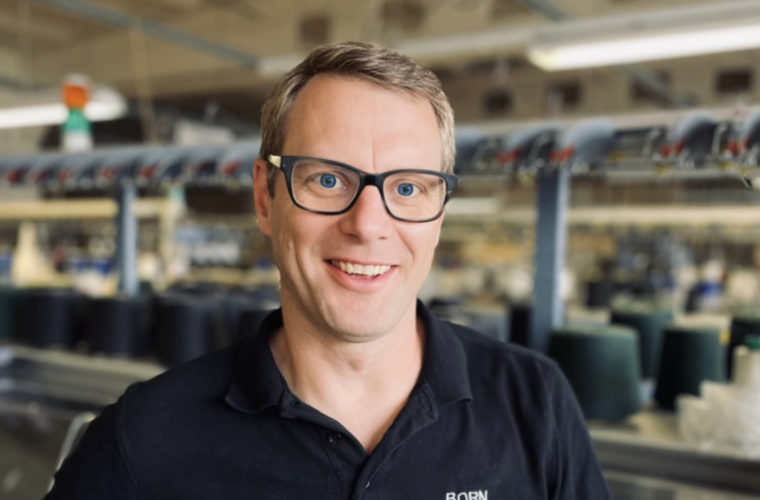The European Union wants to facilitate the transition of the textile ecosystem and has therefore published a document for the greener textile industry. It defines actions to make this industry greener and more digital and to ensure its long-term sustainability, resilience and competitiveness. All this is under the motto #ReFashionNow.
The EU strategy for sustainable and circular textiles emphasizes the significant impact of textile production and consumption on the environment. Specifically, in the EU, the consumption of textile products, most of them imported, represents, on average, the fourth-highest negative impact on the environment and climate change and the third-highest impact on water and land use. Therefore, the EU Textile Strategy sets out a framework to facilitate the transition of the textile ecosystem towards greater circularity and sustainability by 2030 and, to this end, announced actions along the textile value chain. In fact, in relation to greenhouse gas emissions and following the Paris Agreement, the European Commission has presented a series of legislative proposals to achieve a net greenhouse gas emission reduction target of 55% by 2030 compared to 1990 levels.
How to transform the supply chain
The textile ecosystem refers to transforming natural and synthetic fibres into yarns and fabrics, producing yarns, home textiles, medical textiles, industrial filters, technical textiles, carpets, clothing, footwear, and leather. The textile ecosystem is one of the most globalized industries in existence. It is mainly composed of small and medium-sized enterprises, which account for 99.5% of active companies, where companies with less than 50 employees account for more than 90% of the workforce, and women account for more than 70% of all employees.
The leading producers of textiles and clothing in the EU are concentrated in Germany, Spain, France, Italy, and Portugal, while over 40% of EU clothing is produced in Italy. As for footwear, two-thirds of EU footwear production is concentrated in three countries: Spain, Italy, and Portugal, with Italy accounting for over 50% of EU production. On the other hand, more than 70% of the clothing products used in Europe are imported.
The transition pathway for the textile ecosystem identifies eight building blocks. It outlines some 50 actions, including promoting circular and sustainable practices, services and business models and support for small and medium-sized enterprises to innovate, accelerate the green and digital transition and grow internationally. Hence, a new European Bauhaus should also be developed for fashion, the initiative that aims to translate the European Green Deal into tangible change that improves the daily lives of citizens, to promote and disseminate Bauhaus values in the areas of beauty, sustainability, and inclusion.

More green and still competitive
Sustainable competitiveness that meets the high demand for sustainable products is essential to support the transition to a more sustainable production environment in the EU and globally. We aim for improved labelling, information campaigns and incentives for sustainable products. It is also necessary to implement free trade agreements and improve controls at the EU’s external borders, not least to counter the intellectual property violations so widespread in the fashion world. Thus, it is necessary to strengthen market surveillance for the textile ecosystem and to use trade policies to promote exports and enforce environmental and social standards.
It is also necessary to find common methods to assess and compare the sustainability requirements and performance of textile products in the context of eco-design, improving traceability and transparency of the textile production system by creating a Digital Product Passport. Thus, it becomes essential to promote innovation and research on sustainable production, innovative low-carbon processes and technologies, develop new safe and sustainable chemicals, develop designs and materials to make products circular and support the development of new digital technologies.
The path to greening the textile sector also includes actions aimed at improving skill levels and retraining, promoting lifelong access to learning and training and new training opportunities for skilled workers. Also of interest is the aspect of creating demand for sustainable products and involving consumers in the green transition by launching campaigns to create awareness and reshape consumption patterns under the motto #ReFashionNow, supporting the durability of products through a different design and eco-design, but also, trivially, by reducing the number of fashion collections per year.



